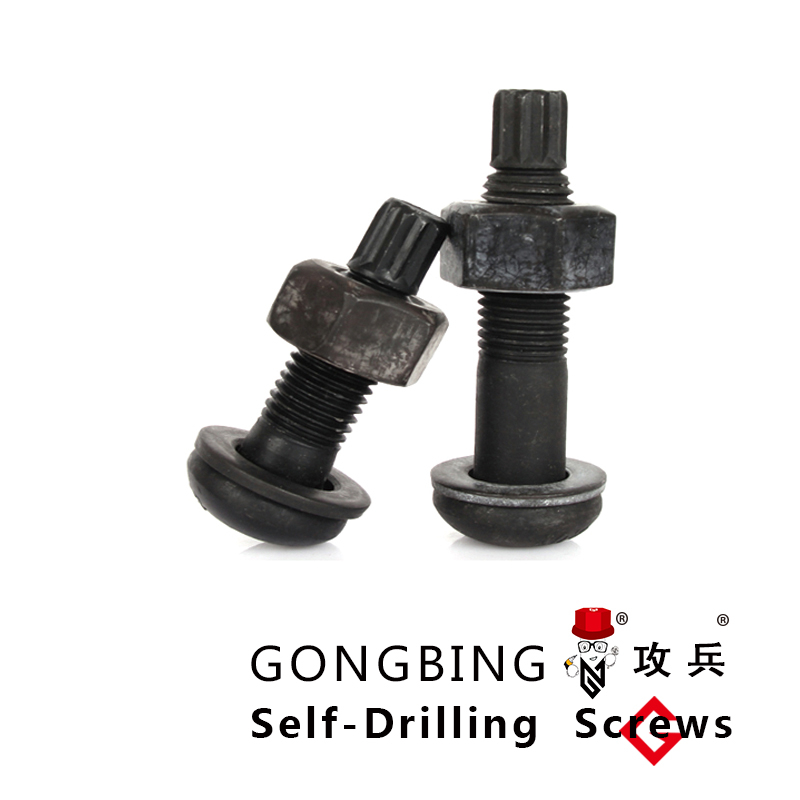Cross Bracing Techniques for Enhanced Stability in Steel Structures
Cross Bracing in Steel Structures An Essential Element for Stability
Cross bracing is a crucial design technique employed in the construction of steel structures, providing significant enhancements in structural integrity and stability. The fundamental purpose of cross bracing is to improve the resistance of a structure against lateral forces, such as wind and seismic loads. This article aims to explore the importance, benefits, and applications of cross bracing in steel constructions.
Understanding Cross Bracing
Cross bracing involves the use of diagonal members, usually made of steel, that form an 'X' shape within a frame. These diagonal members work as tension and compression elements, effectively distributing loads across the structure. When lateral forces act on a building, the cross braces help to prevent deformation and maintain the overall shape of the structure. This is particularly vital in high-rise buildings and structures exposed to significant wind forces or seismic activity.
Benefits of Cross Bracing
1. Enhanced Structural Stability The primary benefit of cross bracing is its ability to provide stability to a structure. By adding diagonal support, cross bracing minimizes the likelihood of sway or buckling due to lateral loads, which is especially critical in tall buildings.
2. Weight Efficiency Compared to other forms of bracing, such as moment-resisting frames, cross bracing can be a more weight-efficient option. The design allows for the use of lighter materials without compromising strength, which can lead to reduced material costs and lower foundations.
3. Ease of Installation Cross bracing systems are relatively straightforward to design and install. The simplicity in their construction allows for faster project timelines, making them a favored choice in many engineering projects.
cross bracing steel structures

4. Flexible Design Options Cross bracing can be used in various configurations, allowing architects and engineers to integrate aesthetic considerations into functional design. The visibility of cross-bracing elements can also contribute to the architectural expression of a building.
5. Cost-Effective Solution While initial costs for any structural system can vary, the efficiency and stability added by cross bracing often lead to cost savings in construction and maintenance over time. The overall longevity of the structure can also lead to lower lifecycle costs.
Applications of Cross Bracing
Cross bracing is widely utilized in various types of structures, including residential, commercial, and industrial buildings. It is particularly favored in high-rise buildings, bridges, and towers, where the forces exerted on the structure can be significant. Moreover, during seismic events, structures equipped with cross bracing on multiple levels tend to perform better compared to those without such reinforcement.
In addition to its applications in new constructions, cross bracing is also valuable in retrofitting existing structures to enhance their seismic performance. As building codes evolve and climate variability becomes a greater concern, many existing buildings utilize cross bracing to improve their resilience against unexpected environmental stresses.
Conclusion
In conclusion, cross bracing is a vital aspect of steel structure design, ensuring stability, safety, and economic efficiency. Its ability to provide lateral support without excessive weight makes it an indispensable technique in modern engineering. As urban environments continue to expand and challenge architects and engineers, the implementation of cross bracing will likely remain a key component in creating resilient and sustainable structures for the future. By balancing functionality with aesthetic appeal, cross bracing not only supports the integrity of buildings but also contributes to the overall beauty of architectural designs. The ongoing advancements in materials and technology will further enhance the effectiveness of cross bracing systems, solidifying their role in the structural engineering landscape.
-
Weatherproof Plastic Expansion Anchors for OutdoorNewsJun.06,2025
-
Sustainability in the Supply Chain: Eco-Friendly TEK Screws ProductionNewsJun.06,2025
-
Load-Bearing Capacity of External Insulation FixingsNewsJun.06,2025
-
Double Head Bolts: Enhancing Efficiency in Industrial MachineryNewsJun.06,2025
-
Corrosion Resistance in Chipboard Screws: Coatings for Wholesale DurabilityNewsJun.06,2025
-
Butterfly Toggle Bolts : Enhancing Structural ResilienceNewsJun.06,2025
